Standing on the fairway and turning off the slope, do you suddenly panic? Staring at the green in the distance, I was puzzled in my heart: "Which par should I use for this?" Although I usually rely on the rangefinder and my performance is decent, as soon as the slope is banned in the competition, my score drops sharply. Don't worry. This kind of situation is too common. Many players are like you!
The slope rangefinder is indeed a great helper for playing ball games. It can quickly calculate the distance and slope compensation. But after being used for a long time, it quietly stifles your most core ability to judge distance. You should know that the sense of distance in golf is not merely a numerical game, but a complex intuition that combines visual estimation, muscle memory and experiential feedback. Over-reliance on slope is like constantly using a navigation system while driving. After a long time, without looking at the navigation system, you won't even be able to remember the way.
But don't worry. Today, I'll share a set of practical and proven methods to teach you how to turn slope, this "electronic crutches", into your own "personal trainer". Not only can it help you rebuild your sense of distance, but it can even surpass the past!

Why Does Using Slope For a Long Time Actually "Ruin" Your Sense Of Distance?
Just press slope gently and the distance data will pop up immediately. How convenient! But have you ever thought that in this way, the brain is being lazy? It no longer bothers to analyze the distance and slope in front of it, nor does it pay attention to those visual cues. Over time, the relevant neural connections become weaker and weaker. Just like always relying on a calculator for arithmetic, over time, even simple mental calculations are prone to errors.
Neglect the cultivation of "feelings"
Playing golf, the sense of distance is a kind of "mysticism", which relies on seeing with the eyes, remembering with the muscles and accumulating experience. Slope directly gives you the answer, but makes you miss the process of solving the problem on your own. Without this exercise opportunity, it will be very difficult for you to truly master the essence of the sense of distance.
Data does not equal true batting ability
The "theoretical compensation distance" calculated by slope seems reliable, but can you really stably achieve this distance? It doesn't care whether you hit the ball firmly on that day, whether the Angle of the club face is correct, nor does it consider whether you are in good condition. Focusing only on the data while neglecting your own abilities can easily cause you to stumble on the court.
From this perspective, if you don't use the slope properly, not only will you be at a loss during the game, but more importantly, you are gradually losing the most precious "ball sense" instinct in golf! But don't lose heart. We have a way to turn the situation around.
3 Steps To Enhance The Distance Of The Slope Function
The core concept is very simple: Utilize the immediate and objective feedback provided by the slope function to establish an active learning cycle of "estimation - verification - calibration". Follow these three steps and it won't be long before your sense of distance increases!
Step 1: Enforce the judgment habit of "think first, then verify"
To get rid of passive dependence, one must address the problem of being a "hand-out party" and force the brain to function again. Before using slope for distance measurement each time, set a rule for yourself first:
- Visual estimation: Without the aid of any equipment, judge the distance to the target with the naked eye and guess approximately how many yards it is.
- Assess the slope: See if it's going uphill or downhill, how steep the slope is, and estimate its impact on the distance by how many yards it will increase or decrease?
- Comprehensive estimation: Combine the previous two steps to obtain a code number that you think should be typed.
After completing all these, open slope again, obtain the "original distance" and the "compensation distance", and then compare them immediately! Record the difference between the estimated distance and the actual data: "How much does the distance I estimated differ from the original distance?" How much does the slope impact I estimated differ from the slope compensation value? A simple table can be made to record the data for subsequent analysis.
The key to this step is not to check if the slope is accurate or not, but to figure out "where I went wrong", so as to calibrate your vision and perception of the slope in a targeted manner.

Step 2: Build your "Personal Slope - Club" database - Connect data with real ability
The slope function provides a "universal answer", but everyone's hitting characteristics are different, and the performance of different clubs on different slopes varies greatly. So, you need to establish your own exclusive database.
Find a time to focus on taking notes at the practice range (a sloping area is even better) or during the next non-formal round. The core elements of the record are:
- The clubs used: such as 7-iron.
- The original distance displayed by Slope: for example, 150 yards.
- The Slope Angle/compensation distance displayed by Slope: For example, + 10% slope, 165 yards after compensation.
- Your actual hitting result: The total distance of the ball after its actual flight and rolling, such as landing only 158 yards in front of the green.
It would be best to make an advanced record sheet and write down the date and remarks (wind, ball position, hitting feeling) as well. After taking notes, don't rush to leave. Ask yourself a few "soul-searching questions" : "The compensation distance is 165 yards. Why did I only type 158 yards?" Was it the uphill that prevented the ball from flying, or was it that I couldn't cover the distance with my 7-ball myself? After 130 yards of downhill compensation, I hit the green. Could it be that the ball rolled too much after landing and I underestimated the rolling effect of the downhill?
Through such in-depth analysis, you can discover the gap between your shots and the "theoretical value". Next time you face a specific slope, you will know the true effective distance of a certain club of yours, and your club selection will also be more accurate.
Step 3: Set up a device-free Challenge Day
After practicing for so long, how effective has it been? It's time to check it out! Arrange 1-2 rounds each month, completely turn off the slope function, or even enter the game without a rangefinder. On this day, you can only rely on visual estimation, step measurement, counting piles, and the memory from the personal database you established earlier.
Stand at the ball position, take a deep breath first, mobilize your vision, physical perception and course experience, and then loudly state your judgment: "This hole is uphill. It feels like 160 yards. A 7-iron that I can't hit with 165 yards in my 'database' should be just right." After finishing, record the actual landing point and compare it with the previous estimate. Focus on seeing how much progress you have made compared to before the first two training steps.
This step is aimed at building confidence, letting you know that even without slope, you can still handle the court with ease and completely get rid of the anxiety that "you can't play without equipment".

Establish a Good Mindset
1. Accept "fuzzy correctness"
Don't pursue absolute precision in the sense of distance. Allow yourself an error range of ±5 to 10 yards. In golf, correct direction and relative accuracy are more important than decimal numbers.
2. Feeling first, device verification.
Always make the first judgment based on your own perception. slope is merely a "reference answer" for verification and calibration; don't take it as the sole standard.
3. Learn to persist and reflect
Recording is not about keeping a running account; it's about regularly reviewing the tables and looking for patterns. For instance, is the impact of going uphill always underestimated? Does a certain support pole always fail to break through properly at a specific slope? Only by identifying problems can targeted improvements be made.
Final Thoughts
Have you ever wondered why we are obsessed with golf? It's not just for precise data and excellent results, but also to enjoy the sense of achievement of swinging a perfect arc in one shot based on one's own judgment and experience. Slope was supposed to be an assistant for improving grades, but unconsciously, it has made us drift further and further away from this pure joy.
But now, through the method of "active thinking + in-depth recording + deliberate verification", you can definitely turn the situation around. It can not only prevent the deterioration of the sense of distance, but also help you build a more accurate and personalized court intuition, even going beyond the limitations of the equipment. When you are no longer bound by data and every swing is filled with confidence, that sense of control and pleasure that stems from your own ability is the most charming aspect of golf.
Don't let slope limit your performance any longer! Next time you step onto the stage, take this strategy and record sheet with you and take the first step from being a "dependent" to a "controller". Hope you can rediscover your own brilliance in the world of golf!

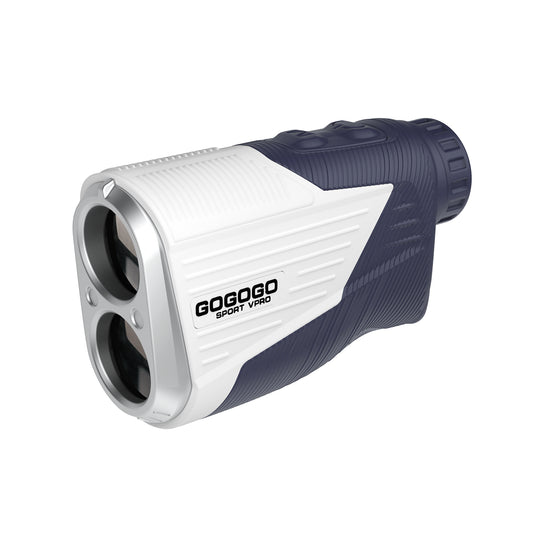
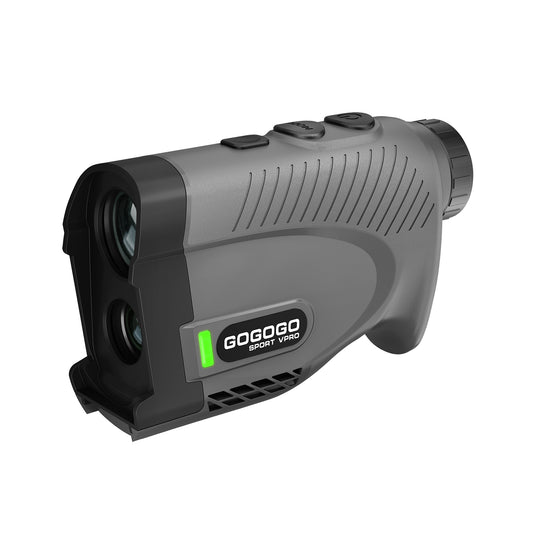
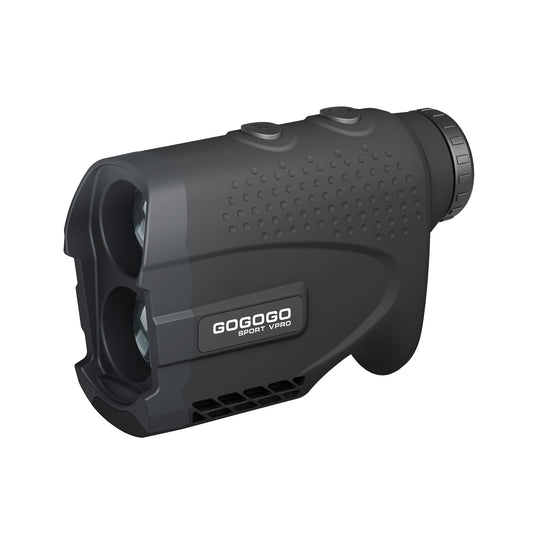
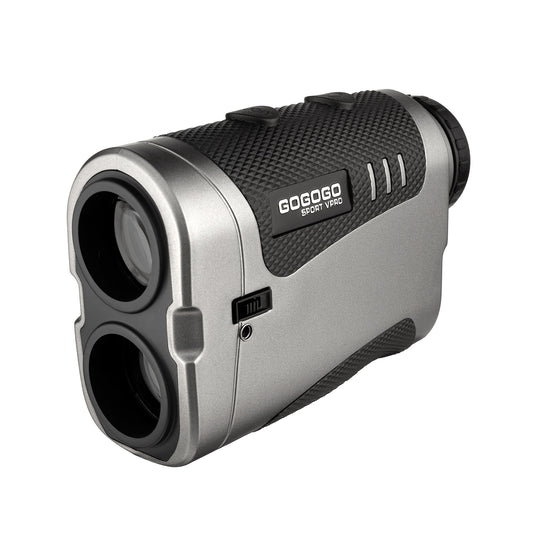
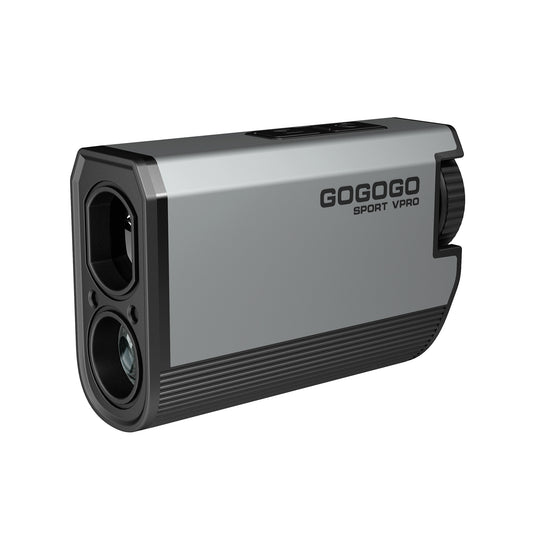
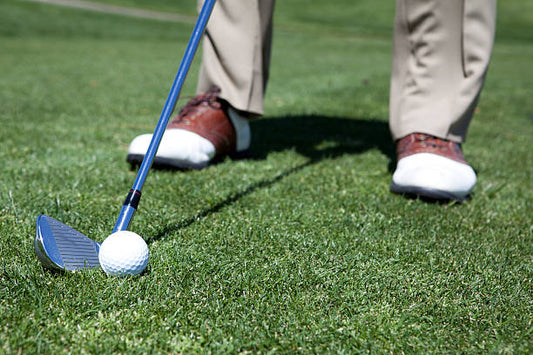
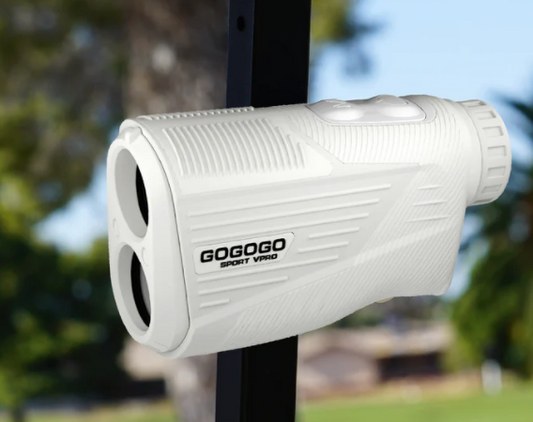
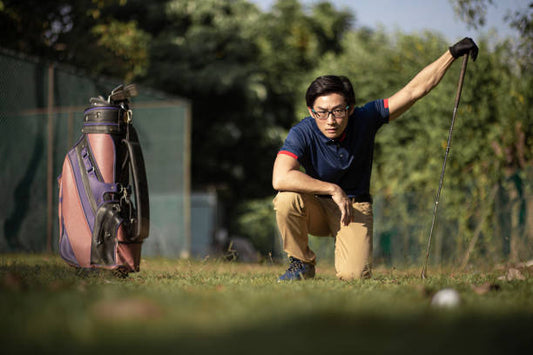
![[2025] The Ultimate Guide to Pinseeker Rangefinders for Golfers](http://gogogosport.com/cdn/shop/articles/gogogo_sport_vpro_pinseeker_rangefinder.png?v=1757993796&width=533)